
New Zealand Scaup
Aythya novaeseelandiae
Also known as: Papango



Aythya novaeseelandiae
Also known as: Papango


The New Zealand scaup, also known as pāpango in Māori, is a charming native duck found throughout Aotearoa. About the size of a small football, this compact diving duck brings life to our lakes and ponds. With its round body and dark plumage, the scaup looks like a floating bath toy, making it a favorite among birdwatchers and casual observers alike.
1. Round, compact body shape with dark plumage, often compared to a floating bath toy
2. Males have striking yellow eyes, while females show a white face patch in breeding season
3. Distinctive diving behavior, disappearing underwater for up to 30 seconds at a time
New Zealand scaup are expert divers, plunging up to 3 meters deep for aquatic plants and invertebrates. They breed from October to March, with females laying 5-8 eggs in well-hidden nests near water. Ducklings can dive for food immediately after hatching. While populations are increasing thanks to predator control, they still face threats from habitat loss and introduced predators.
Look for New Zealand scaup on deep, freshwater lakes and ponds throughout the country. They're particularly common in areas like Rotorua, Taupō, and Queenstown, where large flocks can often be seen bobbing on the water. In urban areas, check man-made ponds and slow-flowing rivers \- they're even frequent visitors to Christchurch's Avon River. Scaup are active throughout the day, but early morning and late afternoon are great times to spot them diving for food. Tip: Listen for the male's high-pitched whistle or the female's quack to locate them.
Known as pāpango, matapouri, or titiporangi in te reo Māori, the New Zealand scaup has been part of Aotearoa's ecosystem for centuries. It faced decline in the late 1800s but has rebounded since receiving full protection in 1934\. Its resilience and adaptability to man-made habitats make it a symbol of conservation success in New Zealand.
40 cm
650 g
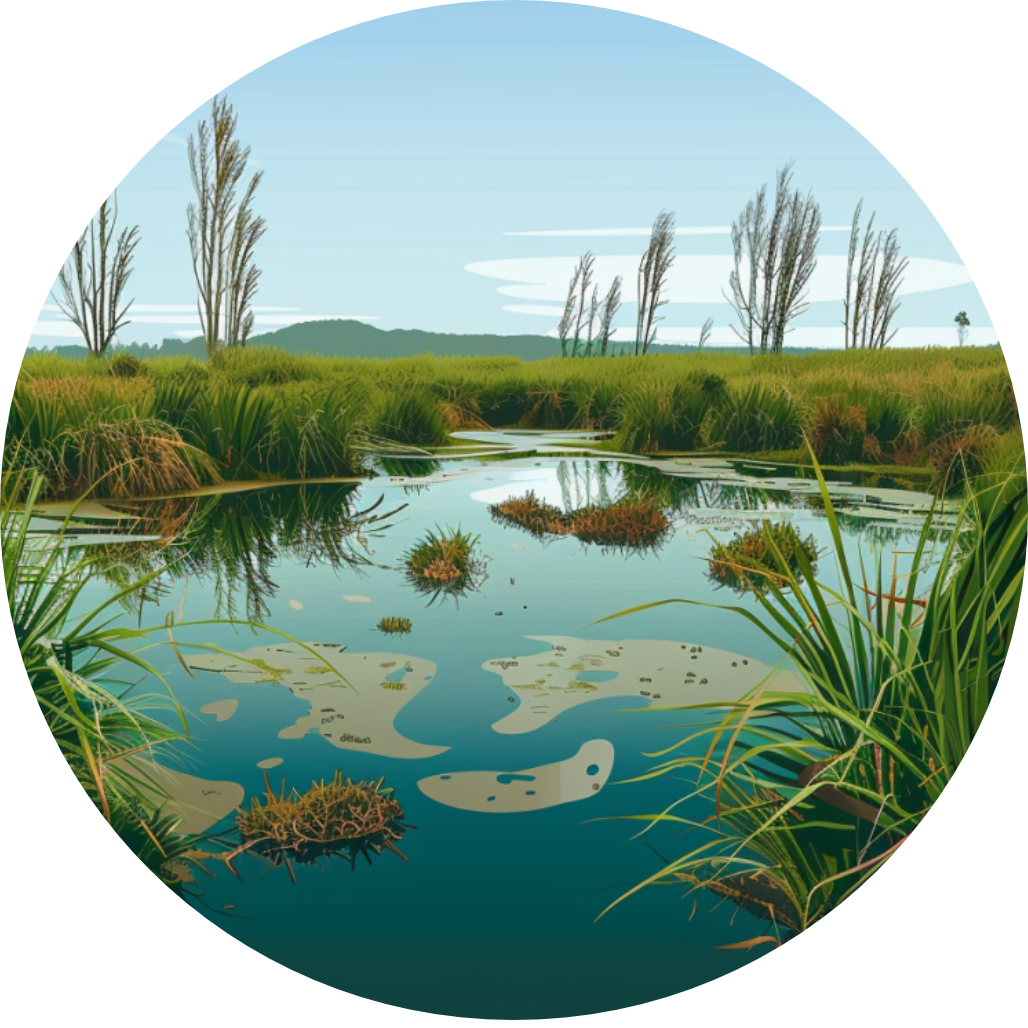

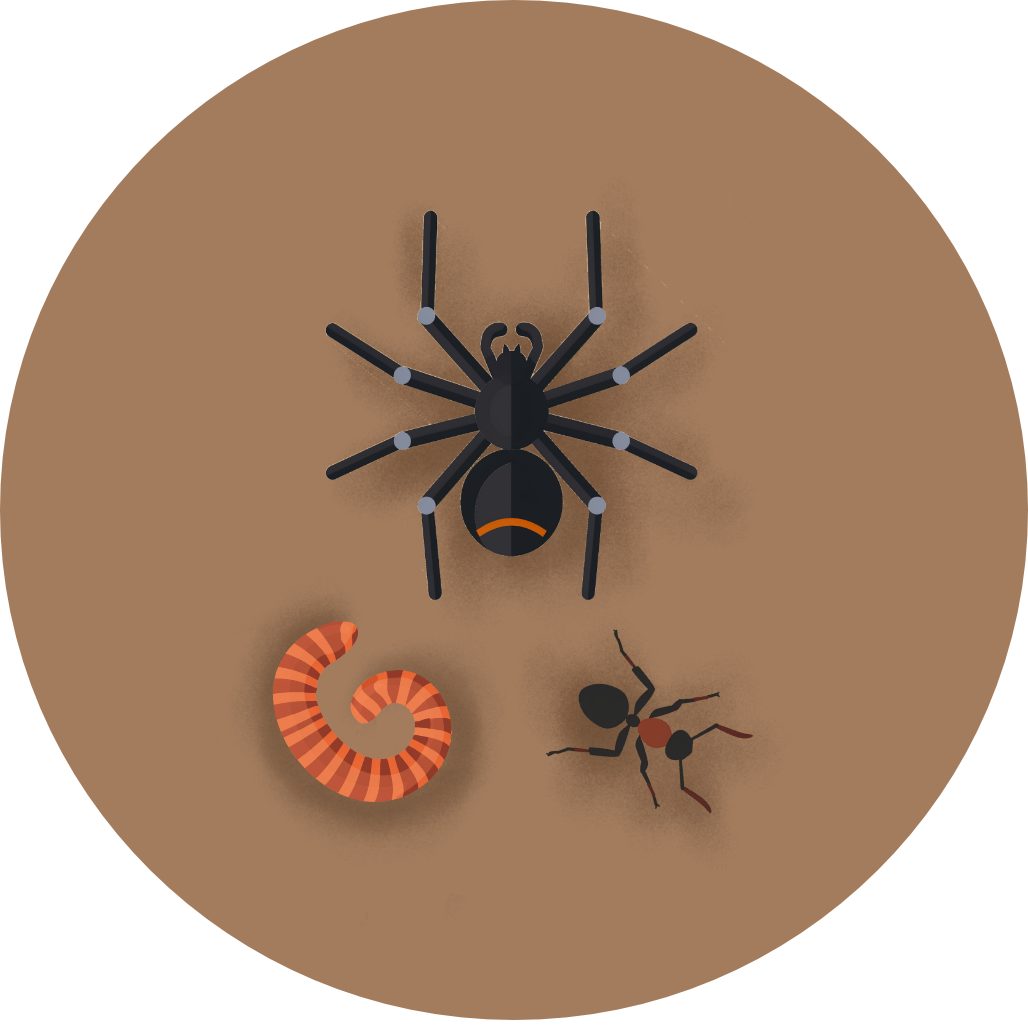
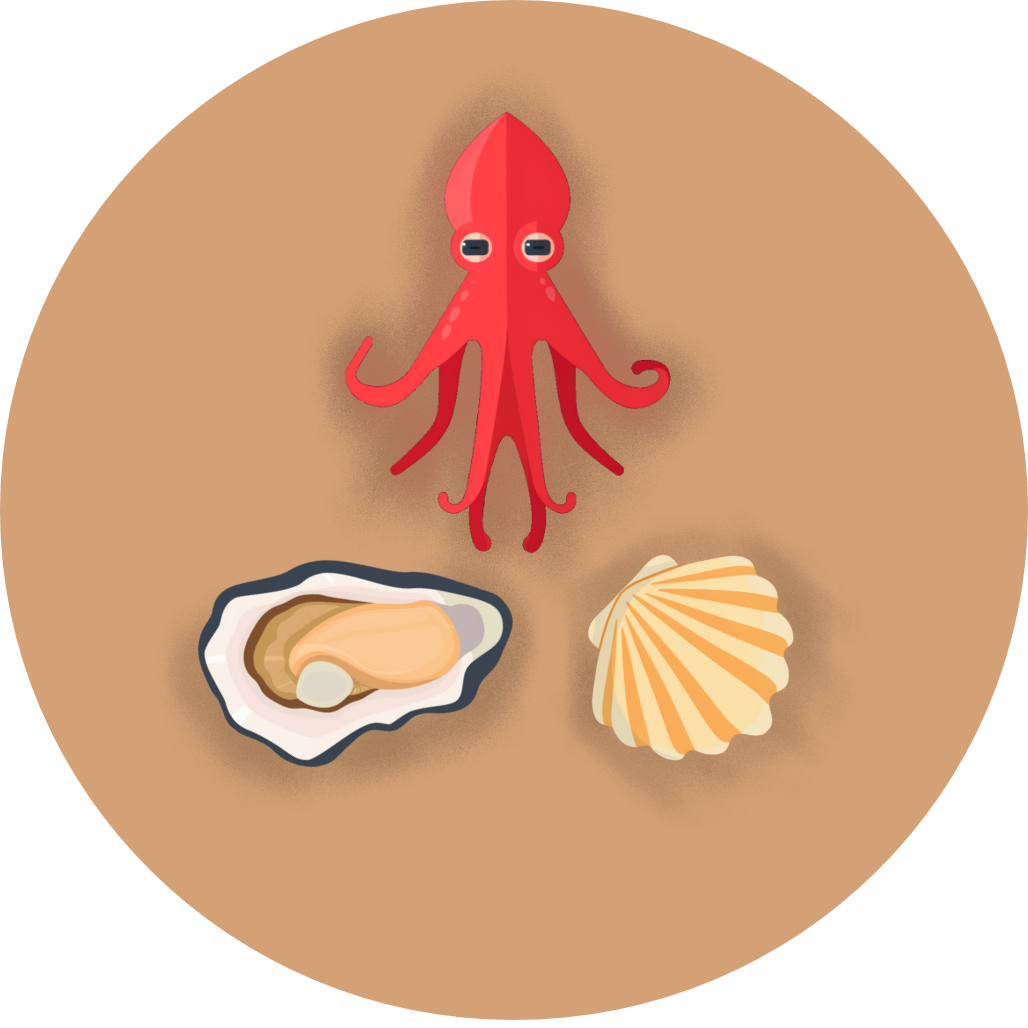
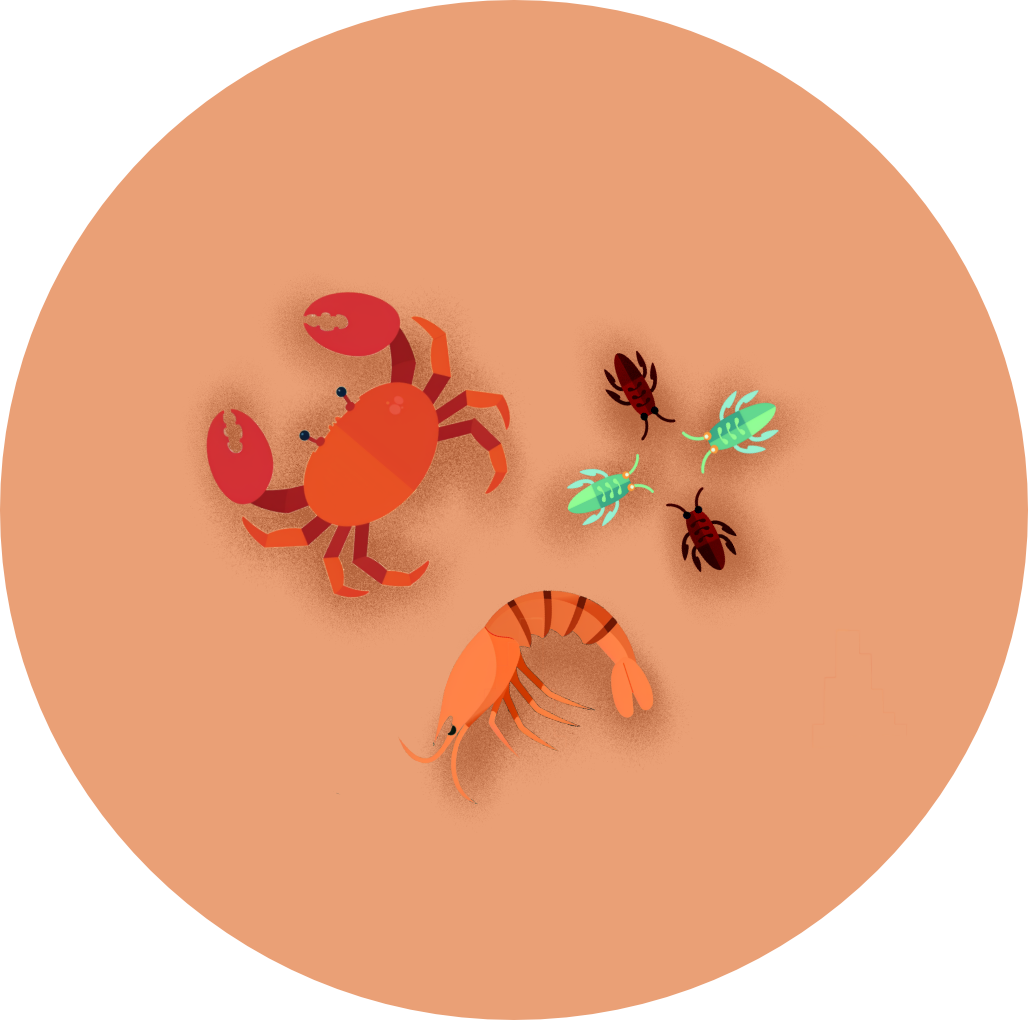
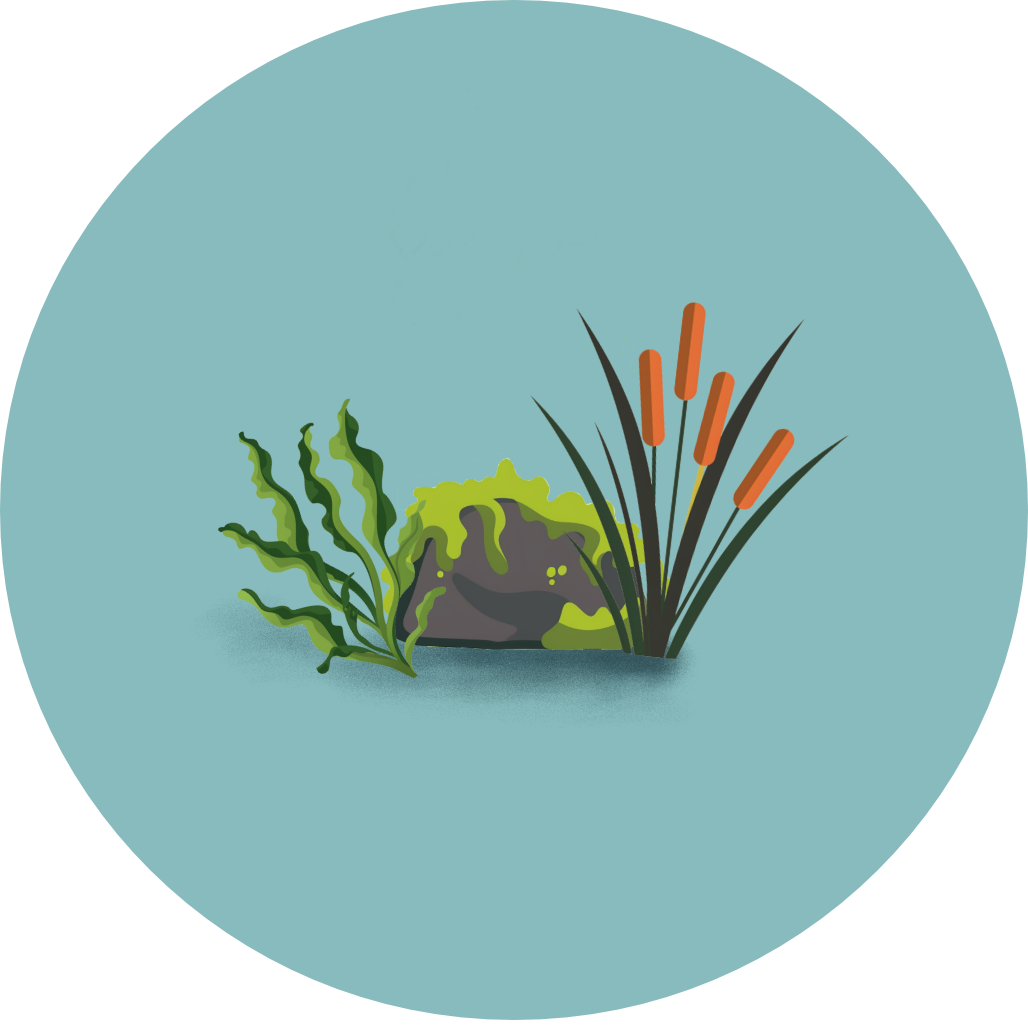
Coming Soon!
Top birding locations will be available in a future update.